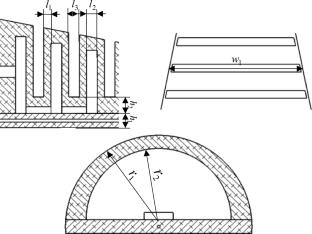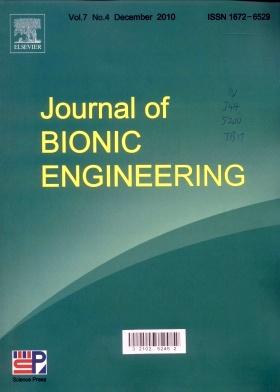It has been demonstrated that the flexibility of the structure can enhance the kinematic performance of the underwater bionic robotic fish. Furthermore, the thrust of the underwater robotic fish can be further enhanced by changing the stiffness of the tail when the motion frequency of the propulsion system increases. This paper proposes a novel actuator, the pneumatic variable stiffness imitation dolphin tail actuator (PVSA), which combines soft robotics with the structural characteristics and movement mode of a biological dolphin. The PVSA comprises a pneumatic bi-directional bending soft actuator and a pull-wire-driven variable stiffness mechanism. The soft actuator is capable of mimicking the dorsoventral movement of dolphins by changing the pressure difference between the cavities, thereby achieving bending deformation. The variable stiffness mechanism is based on the stiffness mechanism of particle interference and the structural characteristics of vertebrate endoskeleton, with the objective of achieving variable stiffness. The parameters of the PVSA are optimised using numerical simulations and experimental studies, and then designed underwater experiments are conducted to investigate the effects of amplitude, stiffness and frequency on the propulsive performance of the PVSA. The results demonstrate that the PVSA is capable of enhancing thrust by adjusting its own stiffness and movement frequency. The development of the PVSA provides a reference for the research of related underwater bionic propulsion technology.




